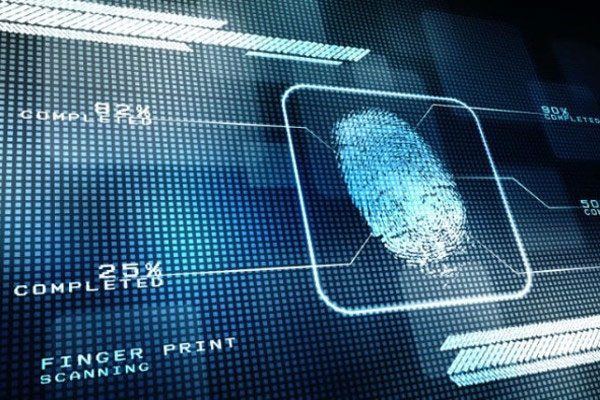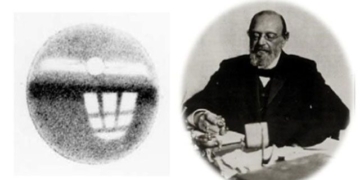A new study reveals that thumbprints can accurately predict 68% of schizophrenia cases.
Researchers from Spain utilized Convolutional Neural Network (CNN) models to identify abnormalities in the thumbprints of individuals diagnosed with schizophrenia.
“Our results indicate that thumbprints provide valuable information for diagnosing mental disorders. The CNN network structure is a viable tool to achieve this goal,” stated the FIDMAG Germanes Hospital Research Foundation in Barcelona.

Each person’s fingerprints are unique, serving as a supportive factor for medical diagnosis. (Image: Paproviders).
According to the New York Post, based on CNN algorithms, scientists examined the thumbprints of 612 patients with mental disorders and 844 healthy individuals. The right thumb was shown to be the strongest predictive factor, with an accuracy rate of 68%.
“Although the maximum accuracy of 70% is not perfect, thumbprints remain valuable, especially when combined with other sources of information such as genetic data and brain imaging,” the authors noted.
Other studies have also explored the potential of thumbprints as predictors of schizophrenia. An analysis conducted in 2011 identified distinct thumbprint patterns on the left index finger in patients with schizophrenia compared to healthy individuals.
Schizophrenia is a severe mental disorder. According to the Mayo Clinic, symptoms include hallucinations, delusions, and disorganized thinking and behavior, which impair daily functioning.
Patients may become socially withdrawn, speak less, and show signs of introspection, anxiety, or fear.
Currently, the most effective treatment for schizophrenia combines the use of antipsychotic medications with psychological and social rehabilitation for patients.


















































